Back to Latest News
What do the numbers on a tyre mean?
When looking at the tyres on your vehicle, you’ll notice a lot of marks including lettering and numbers. Tyres would arguably be cheaper without the extra work involved in moulding the lettering, so why do manufacturers do it?
The most important reason is branding. Taking a look at any tyre and you’ll see the manufacturer and model proudly displayed on the tyre sidewall. Every time you take your vehicle in public, you are displaying their product.
The second reason is identification. Even amongst models from the same manufacturer, tyres can vary wildly, with even the same model being made differently depending on the size.
.jpg)
How to read your tyre size
Tyres tend to come in just one shape, round. But they come in a massive variety of sizes, and one size doesn’t fit all makes, models and applications.
The tyre size is prominently displayed on the side of the tyre and is often the biggest marking aside from manufacturer and model.
Tyres size labelling is written in a standardised way, and there are international standards that dictate how the information is displayed.
Tyre Size
Metric tyre sizes are the most commonly seen on our roads, and their sizes are llisted as three sets of numbers, separated by a slash.
Section Width
Section width is the nominal width of the tyre, that is the widest point of the tyre not including raised lettering, wheel protector strips or decorative sidewall features. Using a 195/55R15 tyre as an example, the tyre is around 195mm wide when inflated to the correct pressures, when sidewall letters, rim protectors or other features are ignored.
Aspect Ratio
Tyre aspect ratio is the second number in a metric-sized tyre label. The number stands for the percentage of the width. For example, a 295/35R21 profile tyre has a sidewall height as large as 35% of the tyres section width and in this case, has a sidewall height of roughly 103mm
Diameter
The third number on a metric-sized tyre is the diameter of the wheel the tyre is designed to be fitted to. For example a 265/65R17 tyre is designed to be mounted to a 17-inch diameter wheel.
What does the letter in the tyre sidewall size mean?
In all three of the examples listed, there has been a letter ‘R’ in front of the diameter. The ‘R’ stands for ‘Radial’ tyre and is denoting the internal construction of the tyre. Radial tyres are by far the most common tyre on our roads.
.jpg)
Load Index
Just as tyres come in different sizes, they also come in different load ratings. The Internal Standards Organisation dictates that tyres are to be labelled with the weight ratings they are designed for.
Tyres with bigger load ratings stay cooler under highway speeds when they’re loaded up with more weight.
The full Load Index chart encompasses tyres from 45kg limits (Rated 0), all the way up to tyres with a rating of 275, equalling 136,000kg per tyre. However, passenger tyres tend to fit in the range of 265 to 1700kgs per tyre so we’ll just list those.
| Load Index |
Tyre Load (kg) |
| 62 |
265 |
| 63 |
272 |
| 64 |
280 |
| 65 |
290 |
| 66 |
300 |
| 67 |
307 |
| 68 |
315 |
| 69 |
325 |
| 70 |
335 |
| 71 |
345 |
| 72 |
355 |
| 73 |
365 |
| 74 |
375 |
| Load Index |
Tyre Load (kg) |
| 75 |
387 |
| 76 |
400 |
| 77 |
412 |
| 78 |
425 |
| 79 |
437 |
| 80 |
450 |
| 81 |
462 |
| 82 |
475 |
| 83 |
487 |
| 84 |
500 |
| 85 |
515 |
| 86 |
530 |
| 87 |
545 |
| Load Index |
Tyre Load (kg) |
| 88 |
560 |
| 89 |
580 |
| 90 |
600 |
| 91 |
615 |
| 92 |
630 |
| 93 |
650 |
| 94 |
670 |
| 95 |
690 |
| 96 |
710 |
| 97 |
730 |
| 98 |
750 |
| 99 |
775 |
| 100 |
800 |
| Load Index |
Tyre Load (kg) |
| 101 |
825 |
| 102 |
850 |
| 103 |
875 |
| 104 |
900 |
| 105 |
925 |
| 106 |
950 |
| 107 |
975 |
| 108 |
1000 |
| 109 |
1030 |
| 110 |
1060 |
| 111 |
1090 |
| 112 |
1120 |
| 113 |
1150 |
| Load Index |
Tyre Load (kg) |
| 114 |
1180 |
| 115 |
1215 |
| 116 |
1250 |
| 117 |
1285 |
| 118 |
1320 |
| 119 |
1360 |
| 120 |
1400 |
| 121 |
1450 |
| 122 |
1500 |
| 123 |
1550 |
| 124 |
1600 |
| 125 |
1650 |
| 126 |
1700 |
Speed Ratings
Tyres undergo a fantastic amount of stress when they’re operating at high speeds. It’s not unusual to see 800 to 1200 rpm of rotation on a tyre at highway speeds, let alone any faster.
Every time your speed is doubled, the stresses encountered by the tyre quadruple, which is why tyres are tested and given speed ratings.
Speed ratings are given as an alphanumerical code that relates to the chart below.
| Speed Symbol |
Speed Category (km/h) |
| A1 |
5 |
| A2 |
10 |
| A3 |
15 |
| A4 |
23 |
| A5 |
25 |
| A6 |
30 |
| A7 |
35 |
| A8 |
40 |
| B |
50 |
| C |
60 |
| D |
65 |
| E |
70 |
| F |
80 |
| G |
90 |
| J |
100 |
| K |
110 |
| L |
120 |
| M |
130 |
| N |
140 |
| P |
150 |
| Q |
160 |
| R |
170 |
| S |
180 |
| T |
190 |
| U |
200 |
| H |
210 |
| V |
240 |
| W |
270 |
| Y |
300 |
| Speed Category Marking |
Speed Capability (km/h) |
| ZR |
Over 240 |
Contact Donnellans today
For a wide range of tyres to suit your vehicle and driving style, look no further than Donnellans The Tyremen. We have 4 great locations across the southeast Melbourne region with workshops in Blackburn, Collingwood, Preston and Balwyn.
Contact us today for expert tyre recommendations as well as out other services including Logbook servicing, Wheel Balancing and Wheel Restoration.
Contact us today!
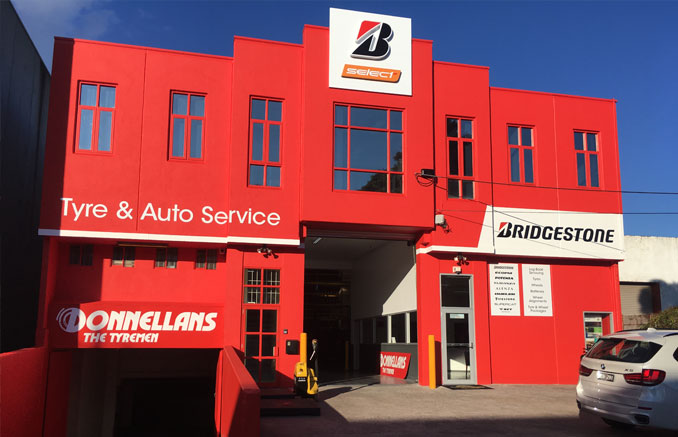
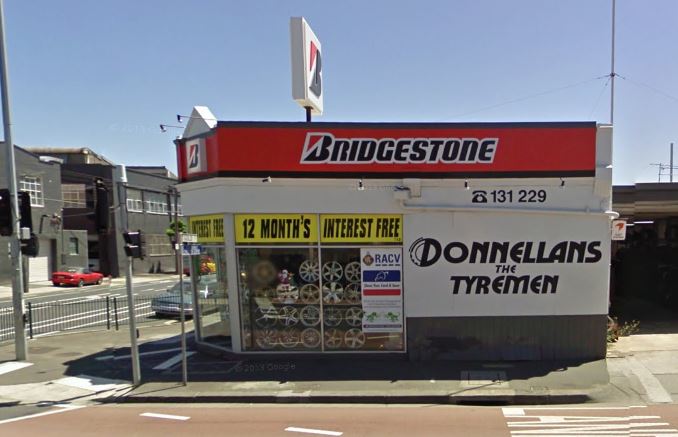
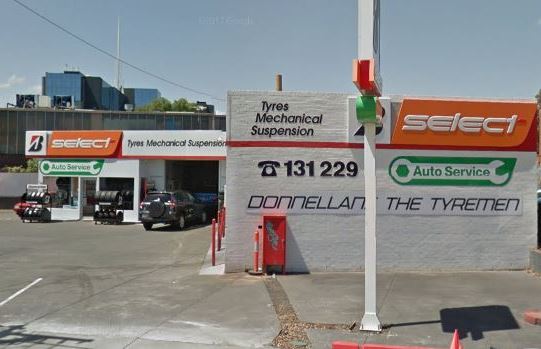
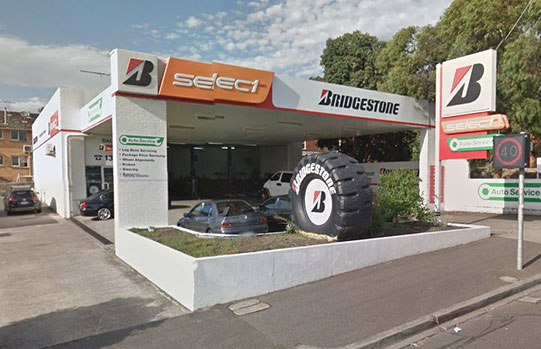
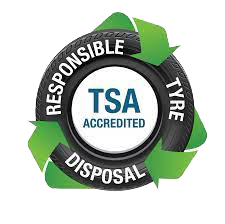

.jpg)
.jpg)